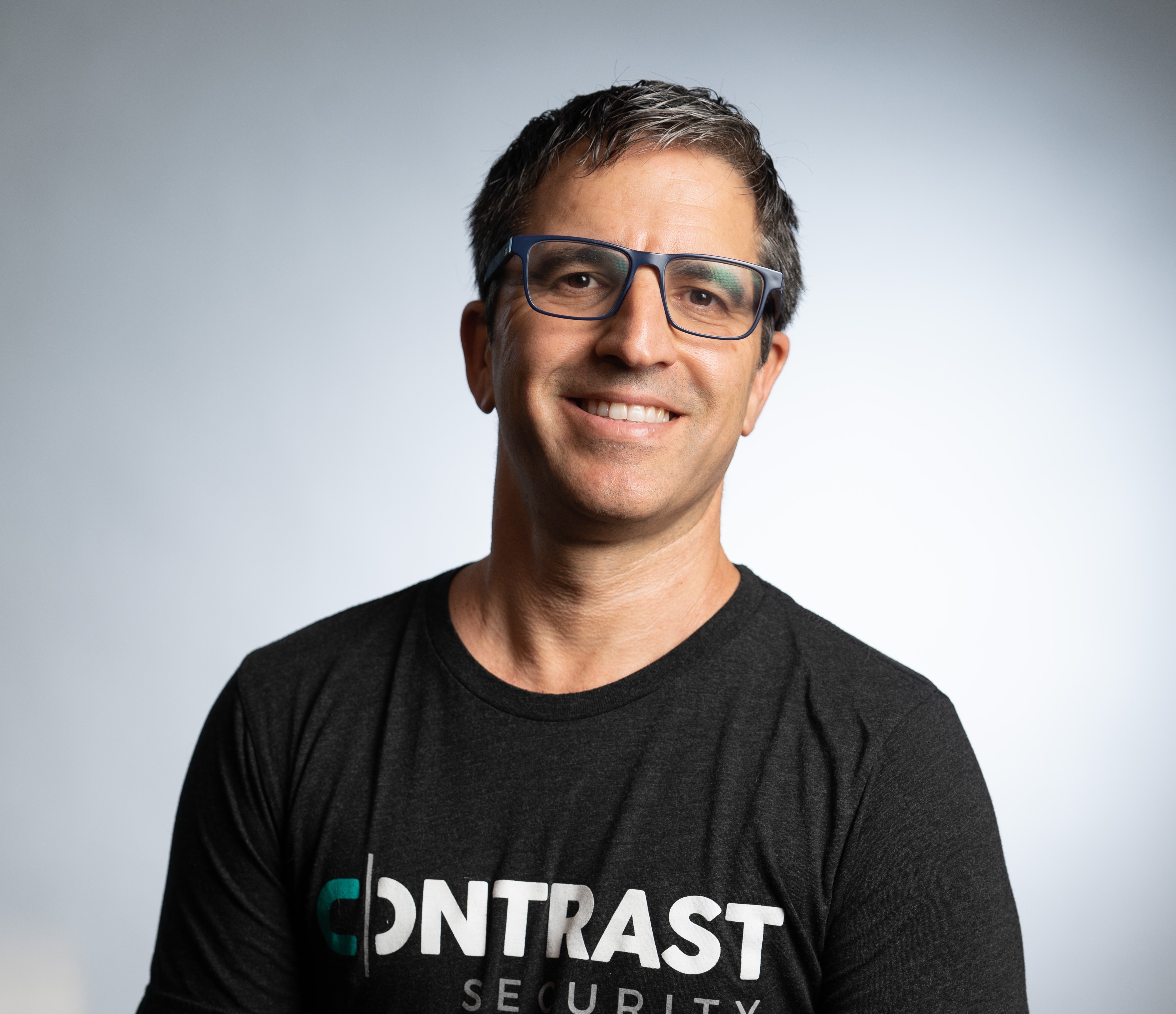It is predicted that 2023 will be a challenging year for almost every market, especially the high-tech sector. An economic downturn generally results in lower spending and reduced workforces, as well as smaller software and software-as-a-service (SaaS) budgets. However, challenging markets also present new opportunities for open-minded companies.
Down market — The seller/buyer dilemma
During a down market, organizations typically tighten their expenses both on the buyer (customer) and seller (vendor) side.
On the buyer side, this can result in:
- Focusing on the core business, with much less attention granted to innovation and new expenses
- Reducing workforce, which leads to fewer experts who can evaluate new solutions and fewer required licenses from current vendors
- Smaller IT budgets, which result in lower budgets for current and new licenses
- Higher demands from current vendors to provide more capabilities, more accuracy and more automation
On the seller side, the results are all of the above, in addition to:
- Focusing on the core technology, postponing some future roadmap features and expansion into adjacent areas
- Decreasing marketing efforts and budgets that impact the pipeline
- More emphasis on current customers — adding more value by targeting expansion and up-selling
This results in a dilemma: Organizations search for best-in-breed SaaS solutions while also looking for a single pane of glass — i.e., a management console that presents data from multiple sources in a unified display — while vendors spend less on developing new features and focus on their core solutions.
Cybersecurity market explosion
The cybersecurity SaaS market is one of the fastest-growing technology sectors of the last decade. Under this market, one can find dozens of different segments and micro segmentations with dozens of vendors and tools for each and every one.
While enterprises traditionally have the required resources and budget to continuously monitor their risks and acquire new software and solutions to mitigate their technology gaps (e.g., serverless security), they also suffer from smaller budgets and resources during a recession. This situation is especially true for small to medium-sized businesses (SMBs).
Over the previous few years, we have witnessed a new go-to-market, bottom-up sales motion with SaaS solutions targeting end users rather than decision makers. While offering the end user (e.g., the developer) an easy-to-use, focused solution for free, the vendors hoped to gain market share and engagement they could monetize later.
With the current down market, it is going to be increasingly hard for these companies to monetize their freemium/open-source products. They now need to act fast and demonstrate to their boards how they intend to grow their revenue, given that funding rounds will be much harder to close. Usage and market share in 2023 are less important, while positive recurring revenue, unit economy and monetization are the new king.
Partnerships are the new play
Under the above challenges, SaaS vendors that hope to survive 2023 will have to show growing revenues while decreasing expenses and focusing on their core technologies. This juggling will be very challenging in a crowded space such as cybersecurity, where customers need much more than point solutions to properly secure their enterprise. In that game, the most reasonable play is to partner and collaborate with other vendors.
Partnering with other vendors can be hard. It is not just the technology integration process, but also the business aspect that needs to make sense. Partners should define the use cases in which their customers will gain a greater value from this integration than by using each as a stand-alone tool. For example, when integrating the infrastructure portion of a Cloud-Native Application Protection Platform (CNAPP) tool with an Application Security (AppSec) testing solution (e.g., the Contrast Secure Code Platform), customers gain complete visibility of their cloud risks with one-click, in-depth details of the impacted applications and how to remediate these vulnerabilities.
In many cases a vendor might think that most of their potential partners are competitors, be it on the basis of features or budget spend. A closer look might reveal that their solutions are 90% complementary and only 10% competitive. This is exactly where one should put their ego at rest and strive for a collaboration.
Good partnerships are a true win-win-win play. The customers gain better security with lower efforts and resources, and both vendors wind up with a happier customer. This in turn can create more stickiness and upsales with the customer. An up-sale, expansion example is where a CNAPP vendor provides the customer with their cloud risk visibility and can also recommend adding more runtime protection solutions (e.g., Contrast Protect) to mitigate these identified risks.
Summary
In down markets, SaaS solutions should focus more on creating a better value for their customers while tightening their expenses. In the crowded cybersecurity space, this is almost imperative for the vendor's survival and success. By partnering with complementary solutions — be they cyber, observability, dev tools, repositories or other solutions — all sides gain greater value, which can result in a happier customer as well as expansions.





